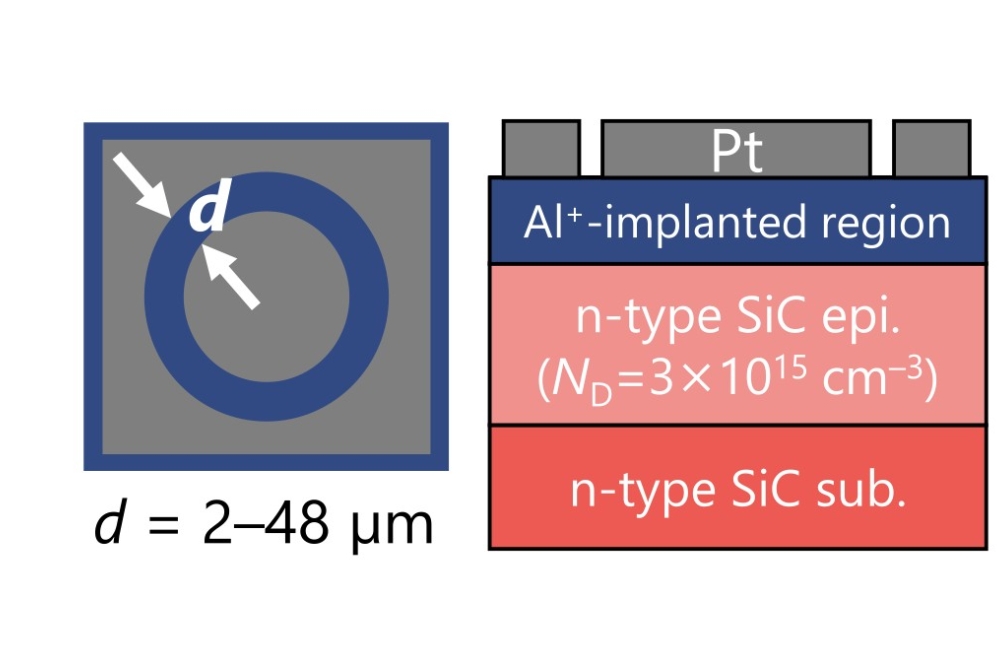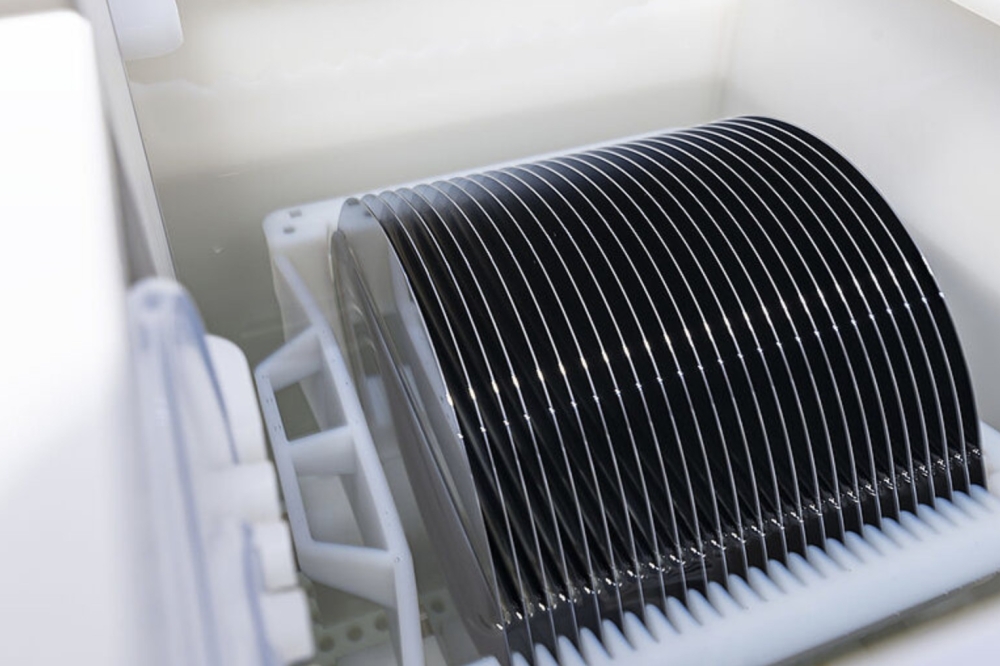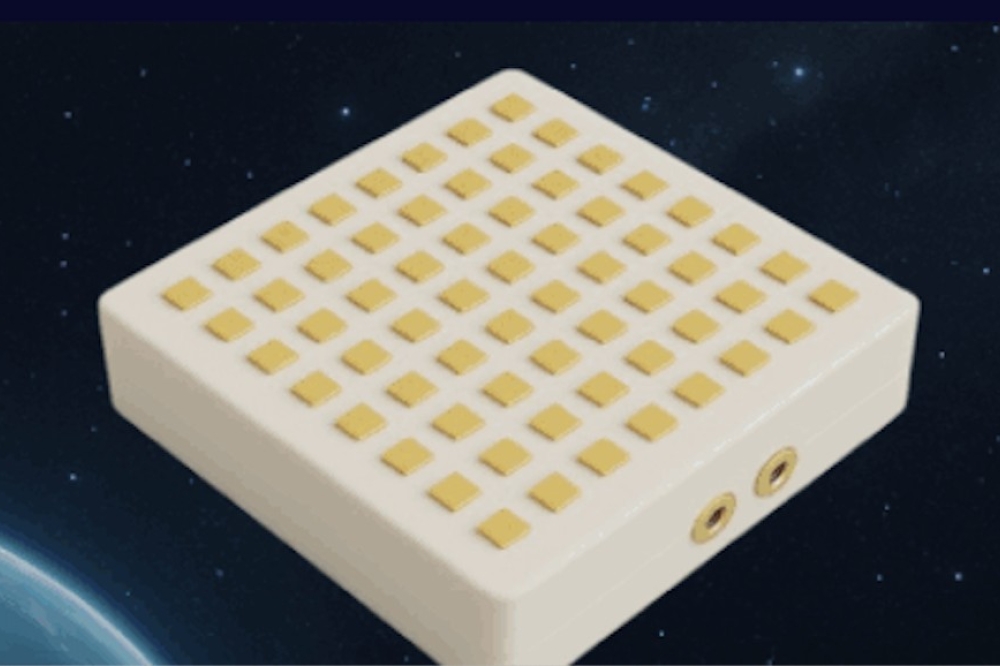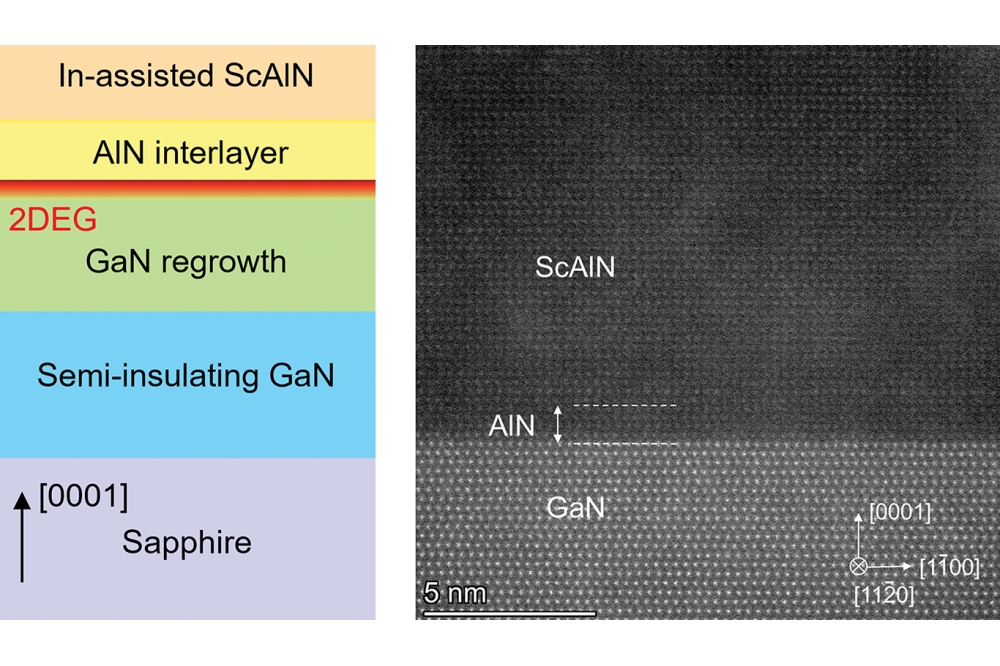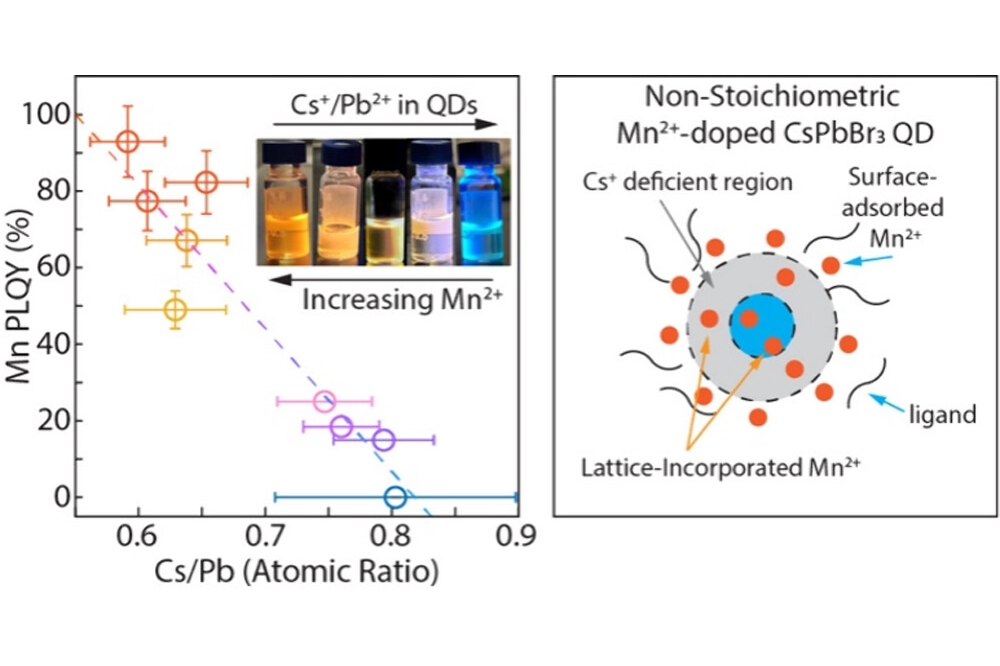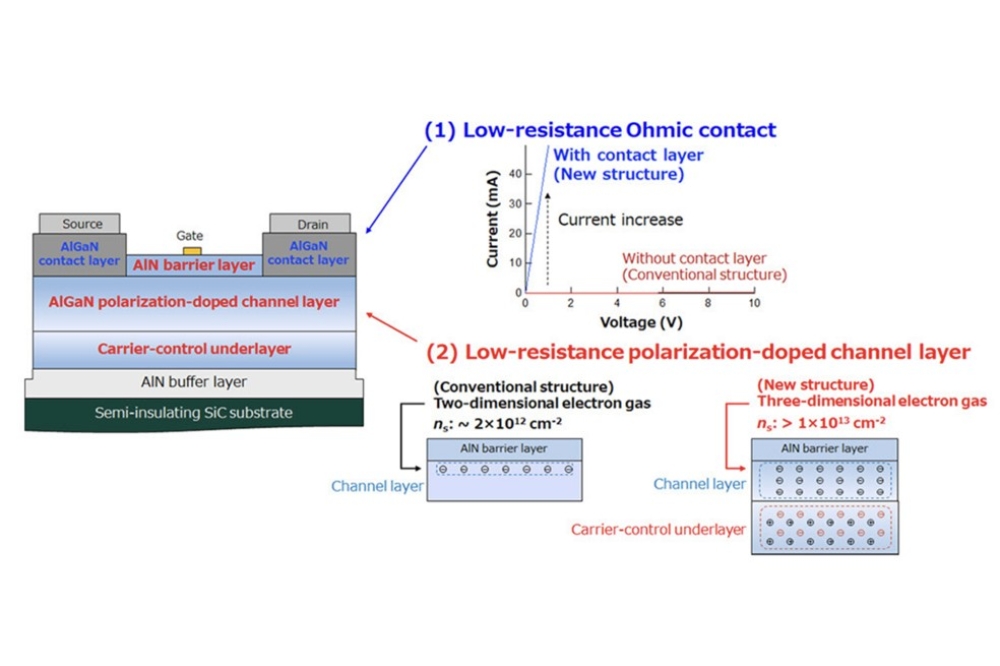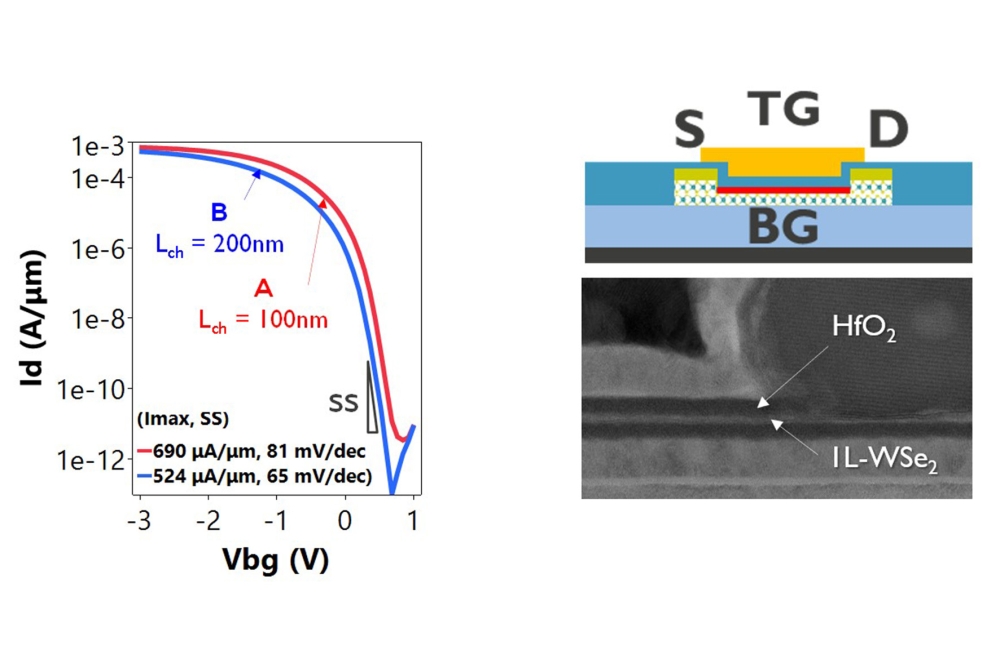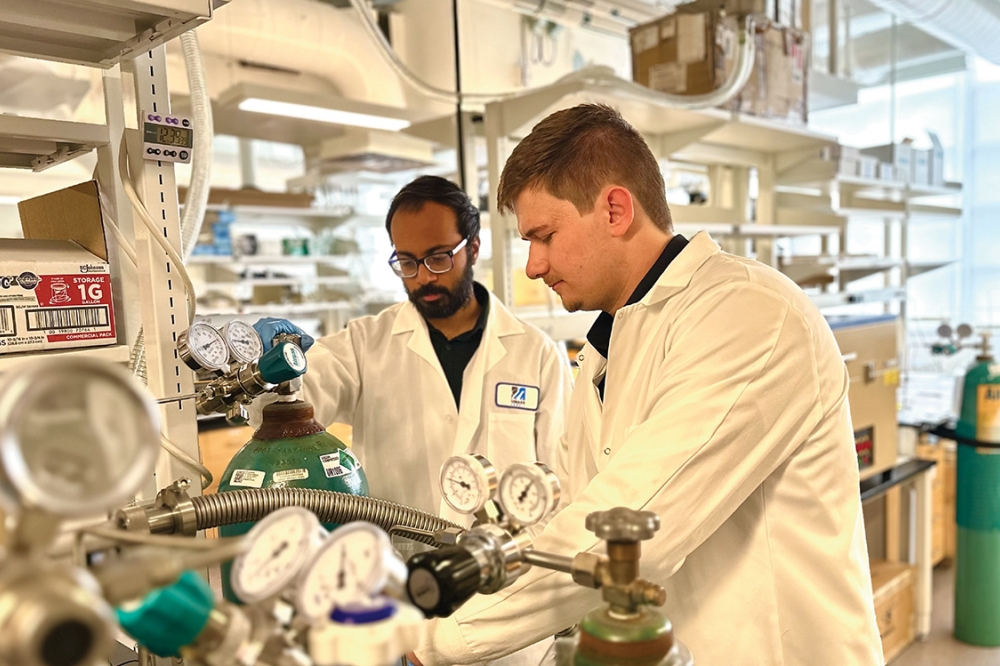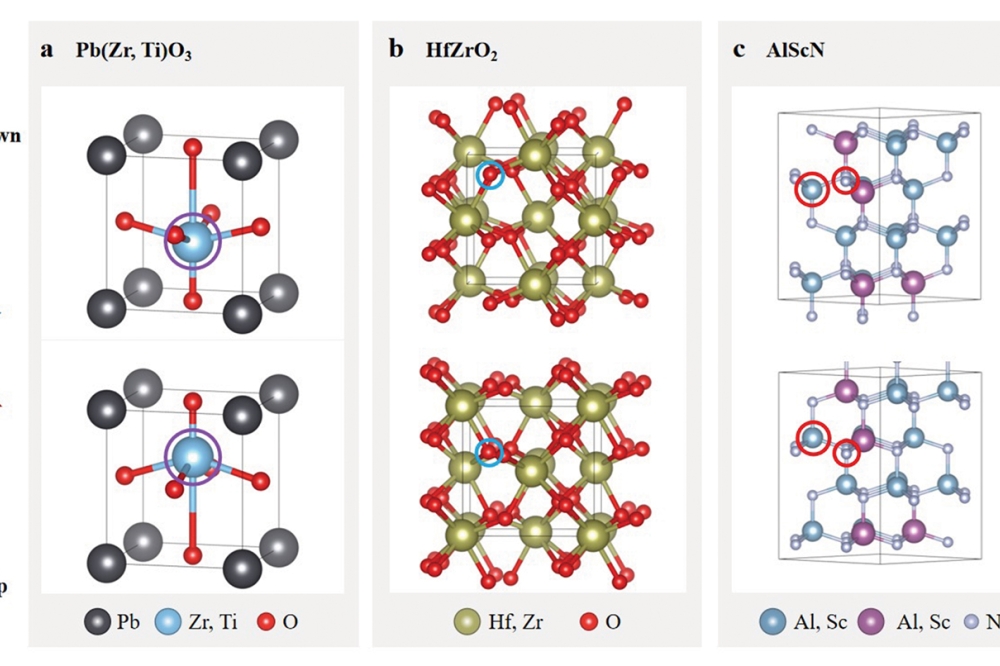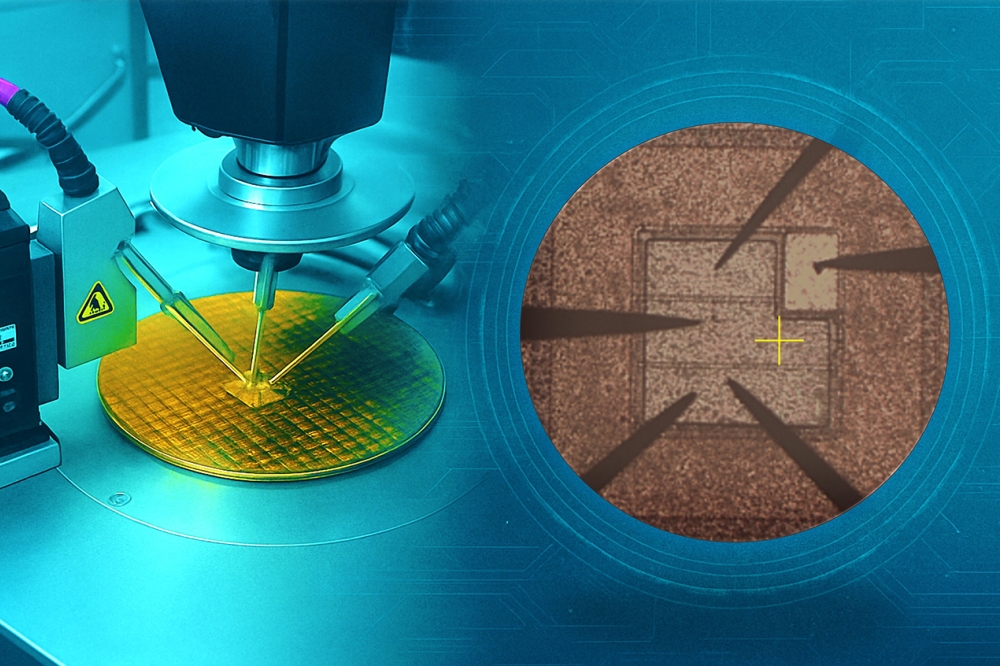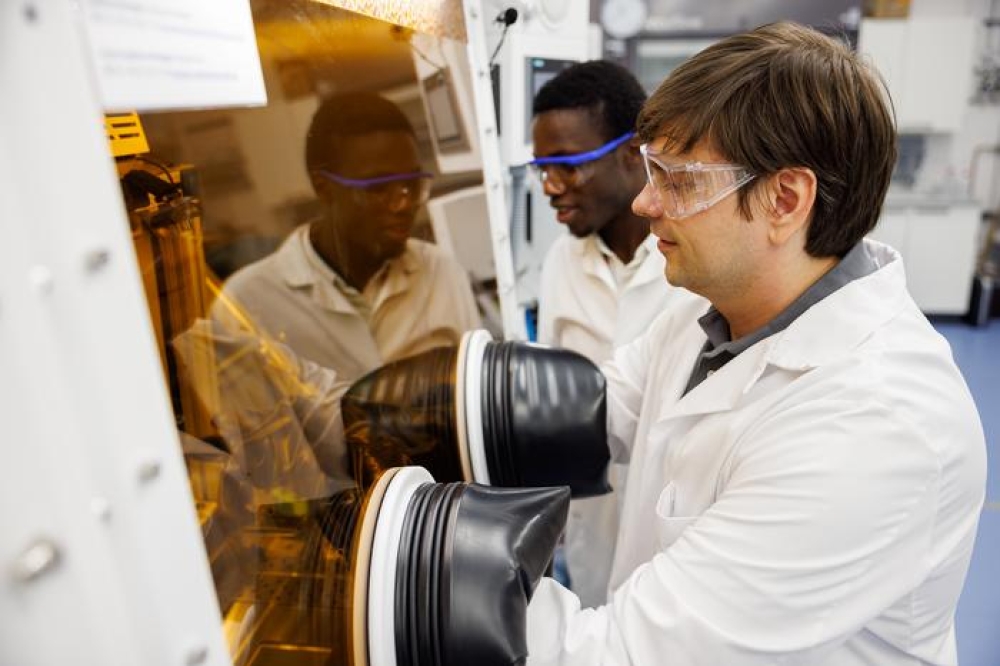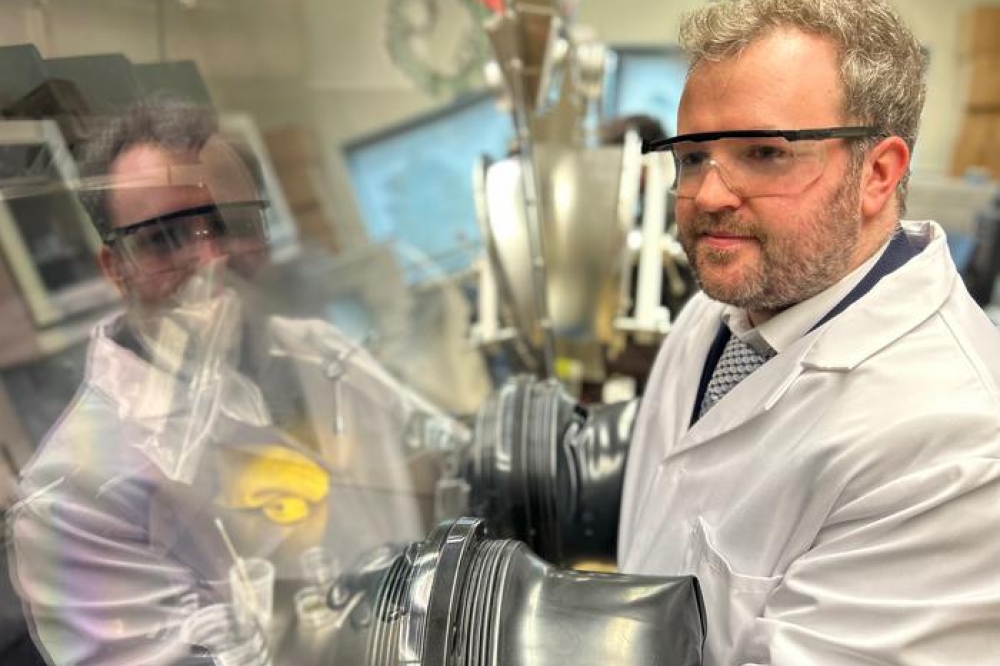Scientists pioneer novel heat-to-electricity tech
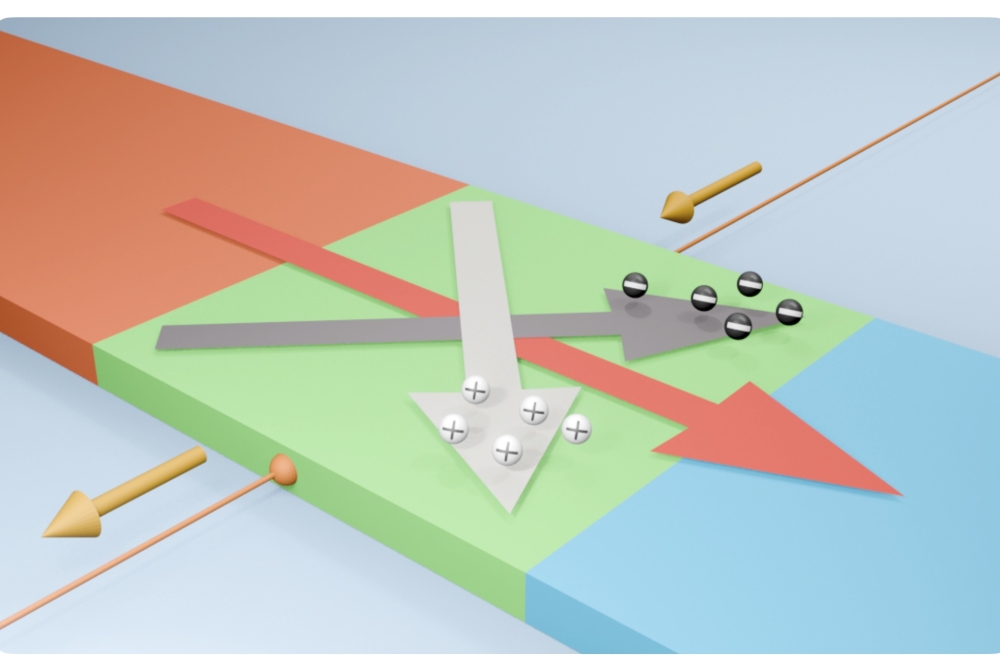
Researchers in Japan, led by Ryuji Okazaki from the department of physics and astronomy at Tokyo University of Science (TUS), have shown the transverse thermoelectric effect (TTE) in WSi2, suggesting the material could be a promising candidate for heat management applications.
The study was published online in the journal PRX Energy on November 13, 2024.
Thermoelectric materials capture waste heat and turn it into usable electricity. Traditional 'parallel' thermoelectric devices generate a voltage in the same direction as the heat flow. They typically use two p- and n-type materials which generate voltages in opposite directions. By connecting them in series, a stronger voltage can be generated. However, this also leads to more contact points, with increased electrical resistance and greater power loss.
In contrast, transverse thermoelectric devices generate electricity perpendicular to the heat flow. This means they use fewer contacts and achieve more efficient thermoelectric conversion. Materials with 'axis-dependent conduction polarity (ADCP)' or goniopolar conductors, that conduct positive charges (p-type) in one direction and negative charge (n-type) in another, are promising candidates for transverse thermoelectric devices.
This new study of WSi2 reveals that it exhibits axis-dependent conduction polarity, efficiently converting heat into electrical energy along perpendicular axes. Previous studies have shown something similar but ADCP's origin and the anticipated TTE have not been detected in experiments.
“Transverse thermoelectric conversion is a phenomenon that is gaining attention as a new core technology for sensors capable of measuring temperature and heat flow. However, there are only a limited number of such materials, and no design guidelines have been established. This is the first direct demonstration of the transverse thermoelectric conversion in WSi2,” explains Okazaki.
The researchers analysed the properties of WSi2 through a combination of physical experiments and computer simulations. They measured the thermopower, electrical resistivity, and thermal conductivity of a WSi2 single crystal along its two crystallographic axes at low temperatures. They found that the ADCP of WSi2 originates from its unique electronic structure, featuring mixed-dimensional Fermi surfaces. This structure reveals that electrons and holes exist in different dimensions.
A Fermi surface is a theoretical geometrical surface that separates occupied and unoccupied electronic states of charge carriers inside a solid material. In WSi2, electrons form quasi-one-dimensional Fermi surfaces and holes form quasi-two-dimensional Fermi surfaces. These unique Fermi surfaces create direction-specific conductivity, enabling the TTE effect.
The researchers also observed variations in how these charge carriers conduct electricity from sample to sample, consistent with previous studies. Using simulations based on first principles, the researchers showed that these variations were due to differences in how charge carriers scatter due to imperfections in the crystal lattice structure of WSi2. This insight is key to fine-tuning the material and developing reliable thermoelectric devices.
Further, they demonstrated direct TTE generation in WSi2 by applying a temperature difference along a specific angle relative to both crystallographic axes, resulting in a voltage perpendicular to the temperature difference.
“Our results indicate that WSi2is a promising candidate for TTE-based devices. We hope this research will lead to the development of new sensors and the discovery of new transverse thermoelectric materials,” says Okazaki.


